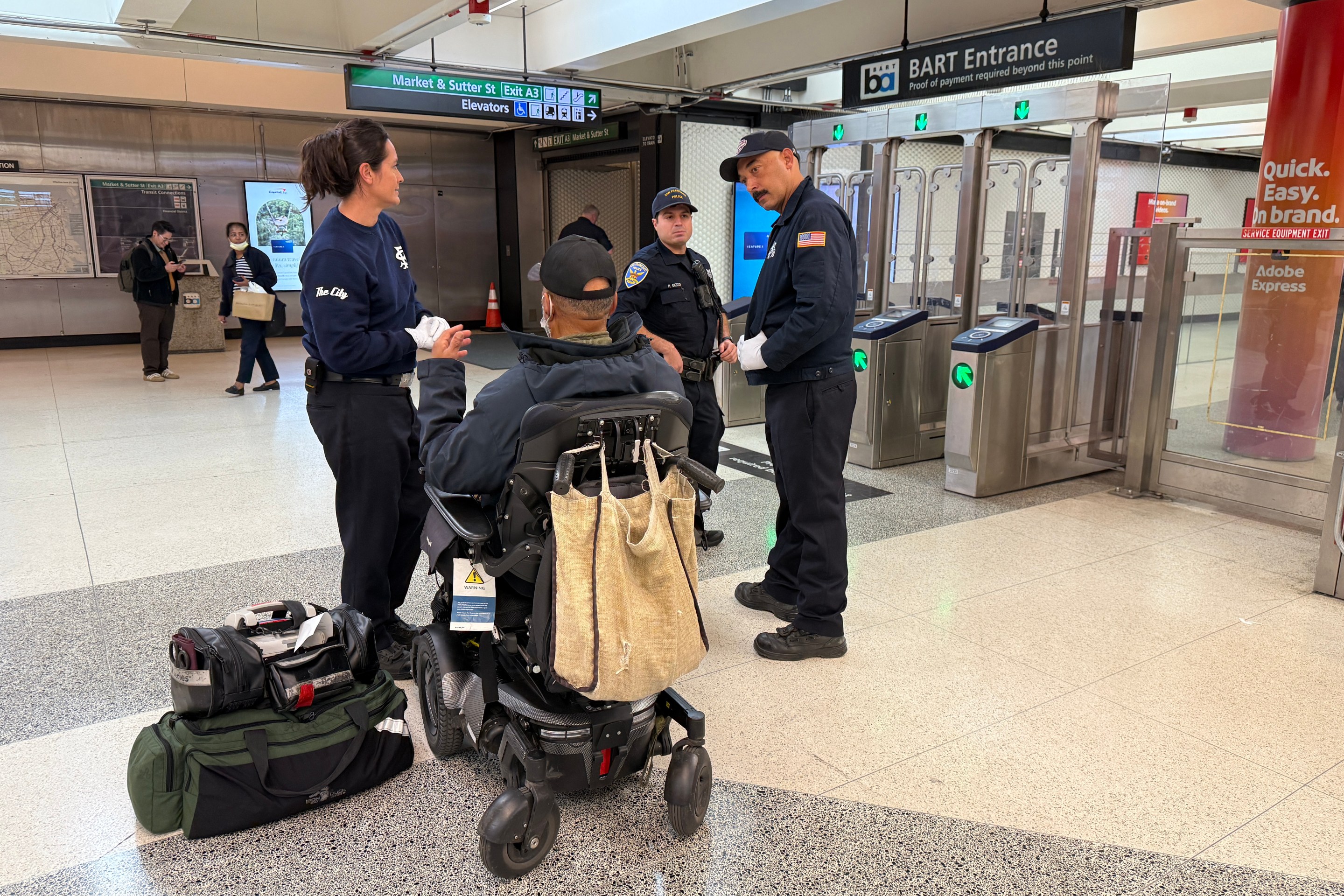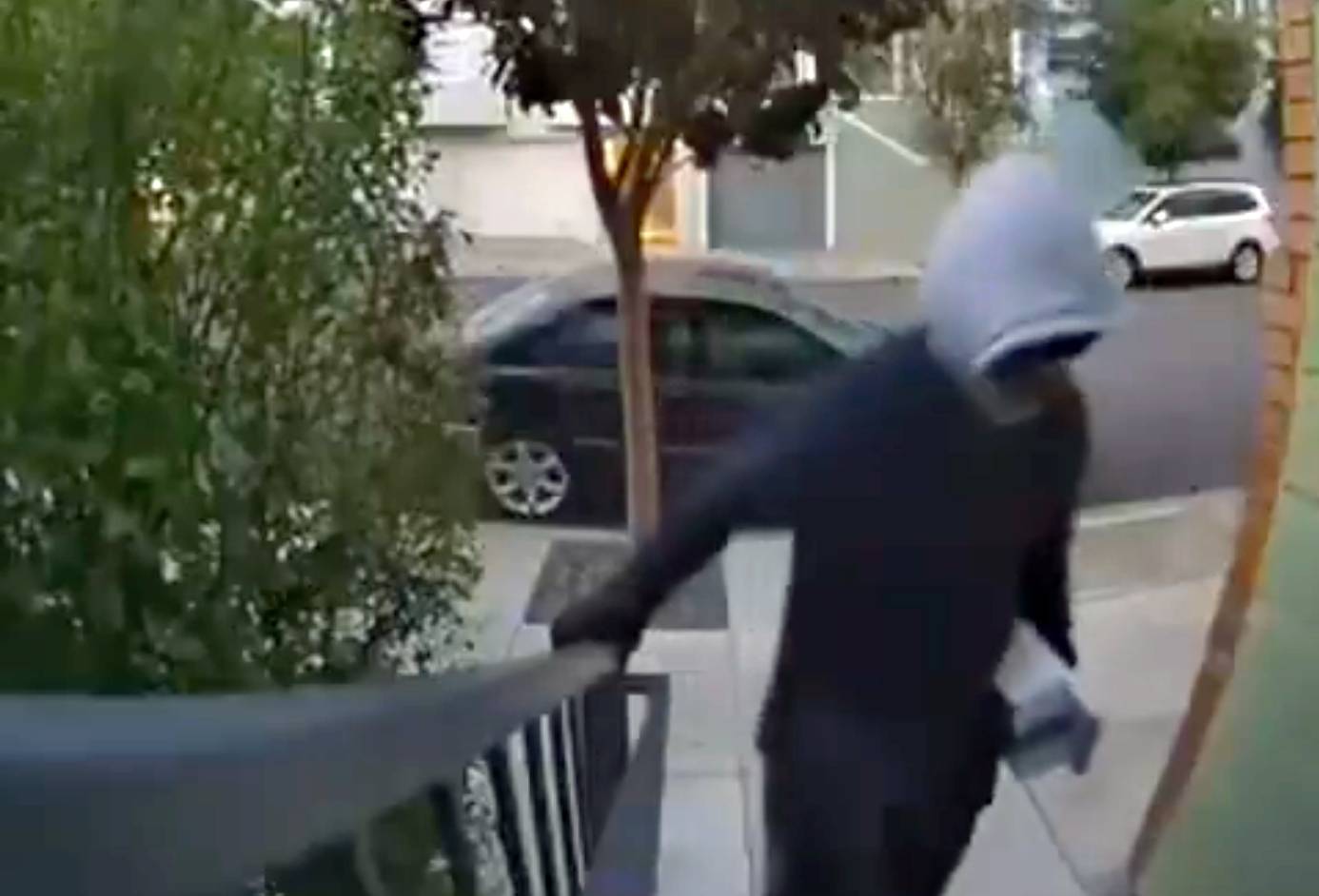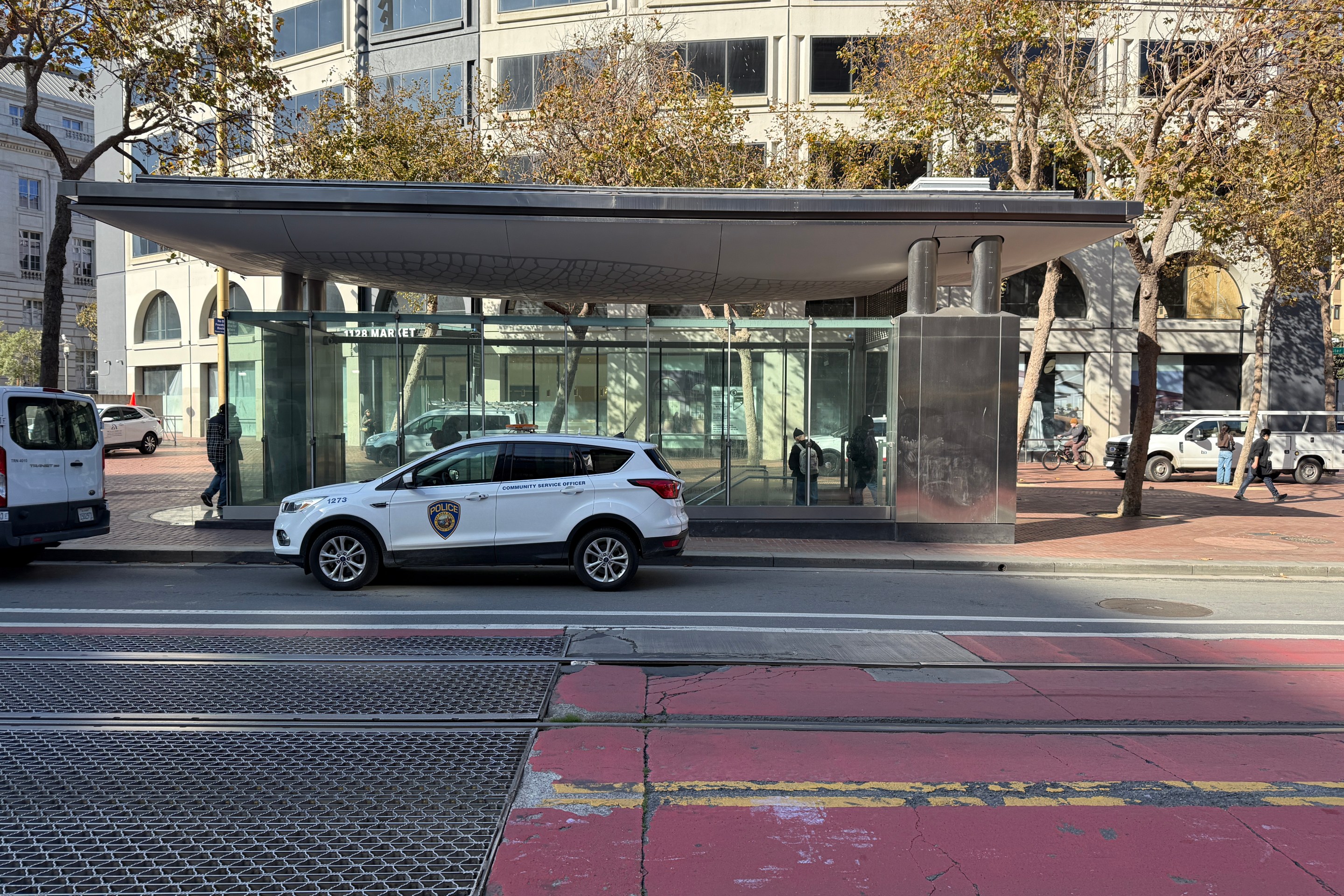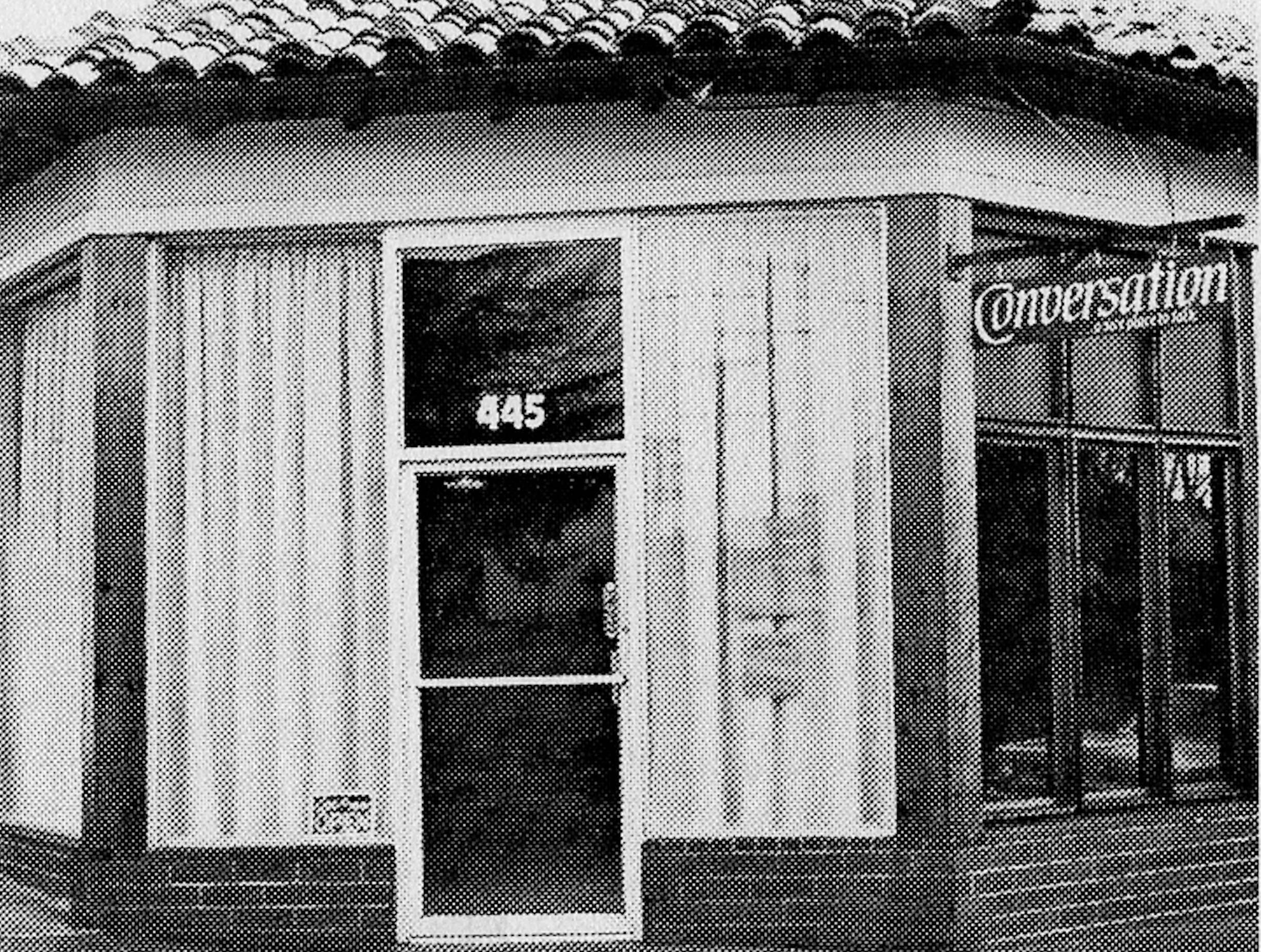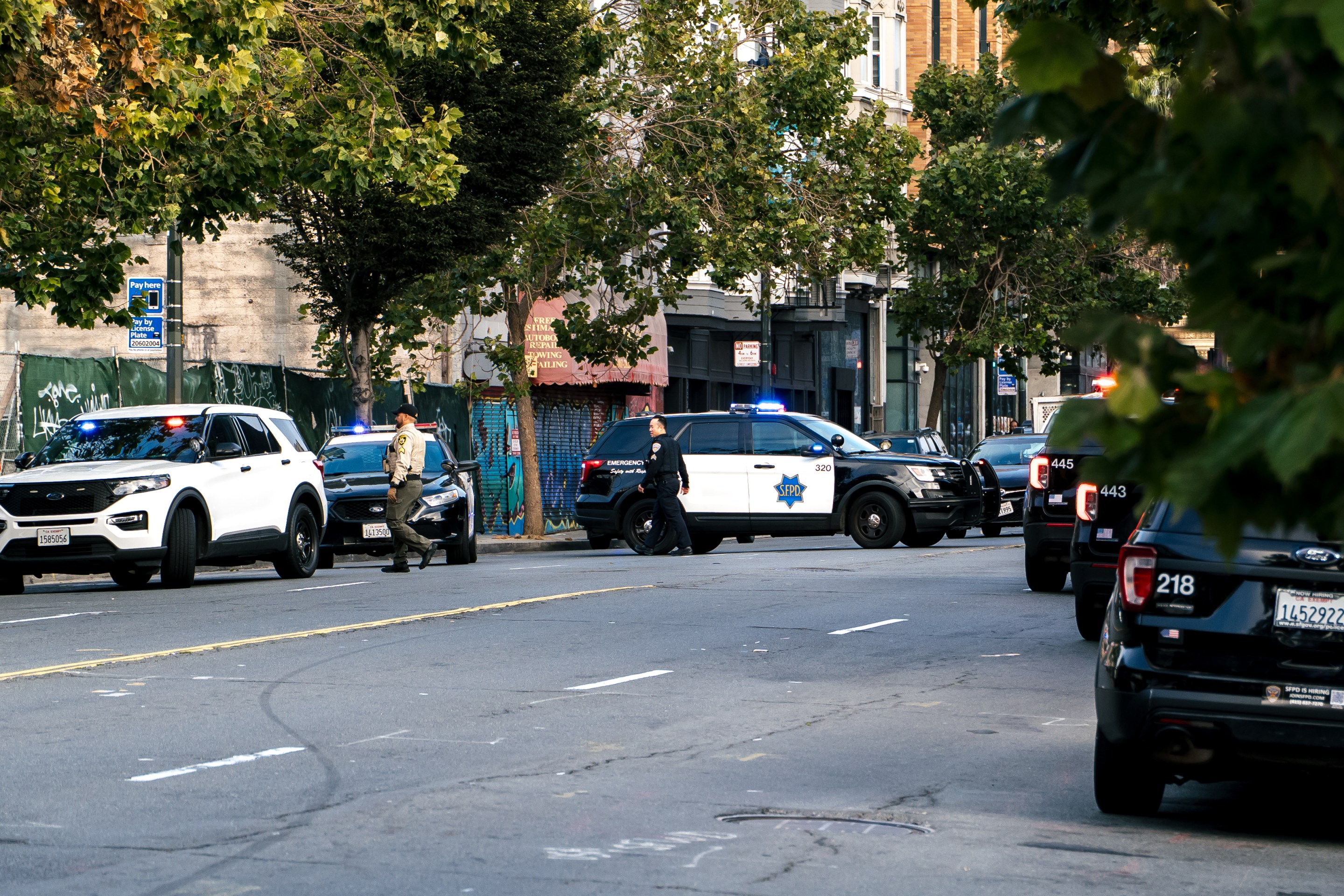I’m gazing out the window of the Gazetteer office in downtown San Francisco, and for the first time this week, the weather looks like summer. Well, as stereotypical a California summer you can get in San Francisco, anyway: Baby-blue skies, a temperate breeze, and the warm glow of sunlight on the streets.
For much of the country, this is the norm in late June. In San Francisco, it’s an outlier. This is the land of Karl the Fog, frigid winds, and temps that dive toward 50 as the sun sets, summer months be damned. The city’s chill typically appears in June (hence “June Gloom”), and usually persists into the following months; I recall swaths of fog and darkening clouds while hiking across the city last September.
(Special tip o’ the cap to “No-Sky July” and “Fogust,” two of the funnier nicknames I’ve spotted in online debates about SF weather.)
Some people — okay, a lot of people, especially transplants — are perplexed by this. When people imagine celebrating the Fourth of July, they think of swimming pools and grilling outside with a tank-top on, not huddling in a puffer jacket while braving a picnic in the Panhandle. Other locals are proud of the gloom as an SF signature: Karl is as iconic as the Bay or the Golden Gate Bridge.
It took me a while to embrace the latter view, but as we look toward the future, one realization is bugging me. Meteorologists expect that shifting climate conditions will continue to warm SF. With it will come changes to what summer feels like in the city.
And like it or not, we’re all going to miss June Gloom one day.
The key to the gloom is the frigid Pacific Ocean cooling the atmosphere along the coast. Meanwhile, inland areas get warmer as the sun rises, creating a clash of temperatures between land and sea. This forms a difference in pressure that sucks the cold, wet air from the sea over the hills and into the city, creating the iconic fog bank that flows through the Sunset and over the ridge of Twin Peaks.
This marine layer descends on the city, held in place by warmer air high up in the atmosphere, effectively refrigerating SF until the dawn sun creeps up again. A storm or heat wave would potentially break that “cap,” helping the gray dissipate faster. But SF is so temperate that we get neither — hence, more fog and overcast skies.
The one thing threatening the balance is a warming climate impacted by human-made emissions. According to Daniel McEvoy, climatologist with the Desert Research Institute, average mid-summer temps recorded in downtown SF have increased by 1.1 degrees since 1970 — a seemingly small figure, but one that constitutes a major warming trend for experts.
“The big picture is that all signs do point to warming,” McEvoy said in an interview with SFGATE.
Other climate experts have noted data that shows a long-term reduction in fog along California coasts, with one researcher claiming a 33% drop in frequency since the early 20th century. The good news is that fog activity can range wildly between years, and climate scientists agre more study is required to understand the shifts. The bad news, of course, is that a continually warming climate will absolutely affect the fog.
After five years here, I’ve fallen hard for SF’s unique summers. Unlike in Southern California, I no longer have to bear 115-degree days and nights so warm that I had to sleep in front of my wall-mounted A/C, racking up fat electricity bills. I can wear cute layers to every outdoor gathering. I don’t drip sweat while merely standing on the sidewalk.
(Thoughts and prayers to the East Coast, and thank you for your sacrifice, given the temperature surge is literally making the West Coast cooler.)
I don’t know how long the blue skies and sun will last this week. Every Pride Weekend in the last five years has had some sun and temps in the high 60s into the 70s. But I also hope that in a decade or three, we’ll still have tourists and residents alike debating monochrome skies and fog-drenched mornings. SF is full of legacies — and heaven forbid a classic like June Gloom ever departs us.



